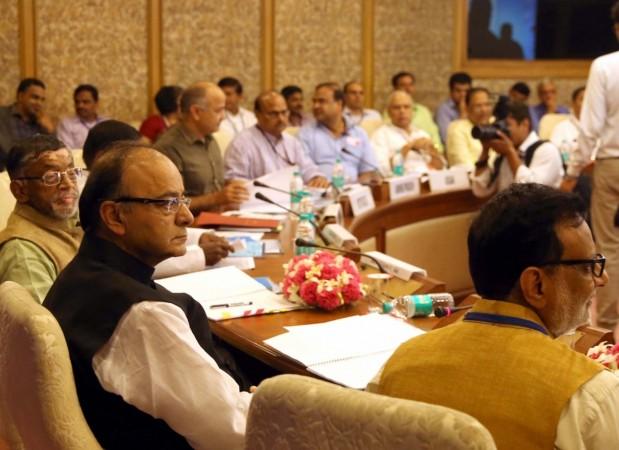
The first day of the Goods and Services Tax (GST) Council is believed to have come up with a four-tier structure for levying taxes on goods and services, while finalising the decision on how to compensate states after the GST is implemented.
The four rates are 6 percent, two standard rates of 12 percent and 18 percent, and the highest rate of 26 percent, to cover a broad range of goods and services. Besides, the rate on gold is likely to be 4 percent. Currently, states levy value added tax on gold, while the import (customs) duty of 10 percent will be out of the purview of the GST regime.
The rationale behind the proposed tax slabs and their applicability on goods and services was explained by a senior finance ministry official on Tuesday.
"The principle for determining the rate on each item being proposed is to levy and collect the GST at the rate slab closest to the current tax incidence on it," Hasmukh Adhia, revenue secretary, told reporters in New Delhi.
Luxury goods such as high-end cars and demerit goods such as cigarettes and tobacco would attract a cess in addition to being taxed at the highest slab of 26 percent, The Indian Express quoted Adhia as saying.
Compensation to states
The GST Council agreed on the compensation formula that would offset potential revenue loss to states on implementation of the GST. The base year was finalised as 2015-16 and the assumption rate of revenue growth was 14 percent over the base year. The compensation would be given to states for the first five years.
The Central government and the states have agreed to rolling out the GST from April 1 2017.
The initial euphoria over a positive outcome seems to have faded on the stock markets on Wednesday, with the BSE Sensex trading in the red at 27,997, down 53 points.














